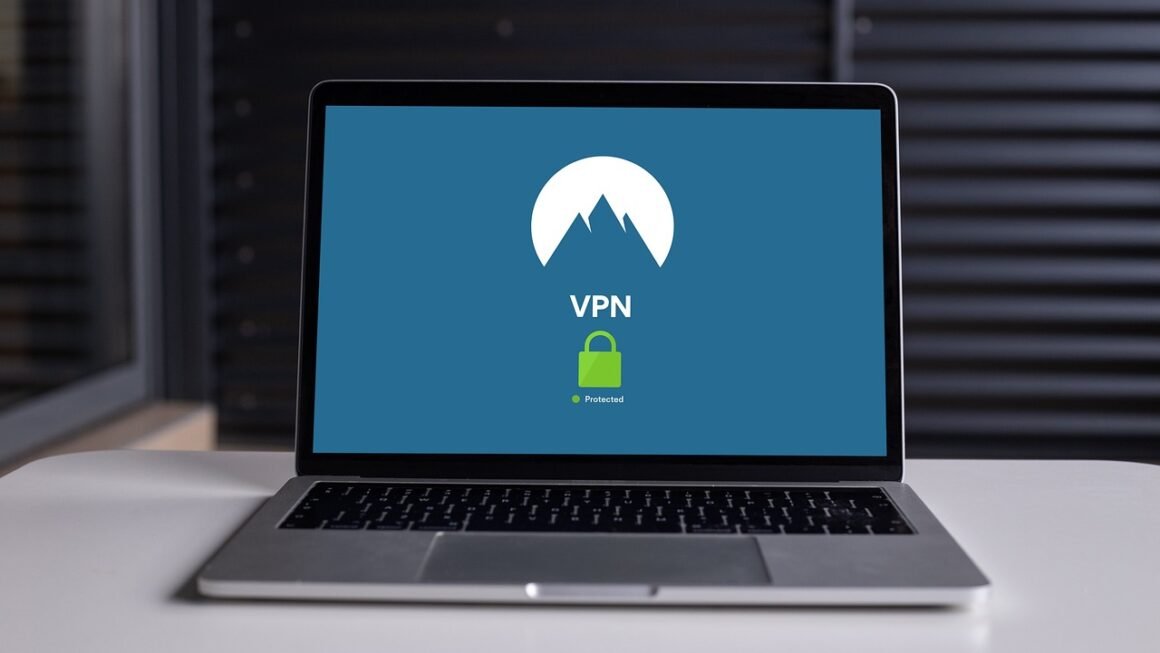Protecting your organization from ever-evolving cyber threats requires more than just firewalls and antivirus software. It demands a proactive, intelligence-driven approach. Threat intelligence provides the insights needed to understand attacker motivations, tactics, and infrastructure, allowing you to anticipate and prevent attacks before they cause damage. This blog post delves into the world of threat intelligence, exploring its key components, benefits, and practical applications.
What is Threat Intelligence?
Defining Threat Intelligence
Threat intelligence is more than just data; it’s the process of collecting, analyzing, and disseminating information about potential or current threats to an organization. It transforms raw threat data into actionable insights that inform decision-making and improve security posture. Gartner defines threat intelligence as “evidence-based knowledge, including context, mechanisms, indicators, implications and actionable advice about an existing or emerging menace or hazard to assets.”
- Raw Data: This includes log files, network traffic analysis, malware samples, and publicly available information.
- Information: Raw data is processed and organized to provide context and meaning.
- Intelligence: Information is analyzed, interpreted, and turned into actionable recommendations.
Threat Intelligence Lifecycle
The threat intelligence lifecycle is a continuous process that ensures the information is relevant, timely, and effective. This lifecycle generally includes the following stages:
Types of Threat Intelligence
Different types of threat intelligence serve distinct purposes, catering to various stakeholders and decision-making levels. Choosing the right type for your organization depends on your specific needs and resources.
Strategic Threat Intelligence
Strategic threat intelligence provides a high-level overview of the threat landscape, focusing on long-term trends and risks. It’s aimed at executives and board members, helping them understand the potential impact of cyber threats on the organization’s business objectives.
- Focus: Geopolitical risks, industry-specific threats, emerging trends, and overall security posture.
- Example: A report outlining the increasing sophistication of ransomware attacks targeting the healthcare sector and the potential financial and reputational damage they could cause.
- Actionable Takeaway: Helps executives make informed decisions about resource allocation, risk management strategies, and long-term security investments.
Tactical Threat Intelligence
Tactical threat intelligence focuses on the specific techniques, tactics, and procedures (TTPs) used by attackers. It’s geared towards security operations teams, providing them with actionable information to improve their defenses.
- Focus: Attack vectors, malware analysis, vulnerability exploits, and common attack patterns.
- Example: An analysis of a phishing campaign targeting employees, including the email subject lines, sender addresses, and malicious attachments used.
- Actionable Takeaway: Enables security teams to update their detection rules, improve incident response procedures, and train employees to recognize and avoid common attacks.
Technical Threat Intelligence
Technical threat intelligence provides detailed information about specific indicators of compromise (IOCs), such as IP addresses, domain names, file hashes, and network signatures. It’s used by security analysts and incident responders to identify and block malicious activity.
- Focus: Specific IOCs, malware signatures, network protocols, and vulnerability details.
- Example: A list of IP addresses associated with a botnet used for DDoS attacks, allowing security teams to block traffic from those addresses.
- Actionable Takeaway: Enables security teams to proactively block malicious activity, identify infected systems, and investigate security incidents.
Benefits of Threat Intelligence
Implementing a robust threat intelligence program offers numerous benefits, enabling organizations to proactively defend against cyber threats and improve their overall security posture.
Proactive Threat Detection and Prevention
- Identify potential threats before they impact your organization. By understanding attacker tactics and motivations, you can anticipate attacks and implement preventive measures.
- Prioritize security efforts based on the most relevant threats. Threat intelligence helps you focus your resources on the areas where they will have the greatest impact.
- Improve incident response capabilities. By having access to timely and accurate threat information, you can respond to incidents more quickly and effectively.
Improved Security Awareness and Training
- Educate employees about current threats and attack techniques. Threat intelligence can be used to create training materials that are relevant and engaging.
- Raise awareness of the importance of security best practices. By understanding the potential consequences of security breaches, employees are more likely to follow security policies.
- Reduce the risk of human error. By training employees to recognize and avoid common attacks, you can significantly reduce the risk of phishing, malware infections, and other security incidents.
Enhanced Decision-Making
- Make informed decisions about security investments. Threat intelligence provides the data needed to justify security expenditures and ensure that resources are allocated effectively.
- Develop a more proactive security strategy. By understanding the threat landscape, you can develop a strategy that is tailored to your organization’s specific needs and risks.
- Improve collaboration with other organizations. Sharing threat intelligence with trusted partners can help you stay ahead of the curve and protect your organization from emerging threats.
Implementing a Threat Intelligence Program
Building an effective threat intelligence program requires a systematic approach, involving careful planning, resource allocation, and continuous improvement.
Defining Your Intelligence Requirements
- Identify your organization’s critical assets and data. What are the most important things you need to protect?
- Determine the specific threats that pose the greatest risk to your organization. What types of attacks are you most likely to face?
- Define the intelligence requirements needed to address these threats. What information do you need to effectively detect, prevent, and respond to these attacks?
Selecting Threat Intelligence Sources
- Internal Sources: Security logs, incident reports, vulnerability assessments, and threat hunting activities.
- External Sources: Threat feeds (commercial and open source), ISACs (Information Sharing and Analysis Centers), CERTs (Computer Emergency Response Teams), and dark web forums.
- Evaluate the reliability, relevance, and timeliness of each source. Not all threat intelligence sources are created equal.
Choosing the Right Tools and Technologies
- Security Information and Event Management (SIEM) systems: For collecting, analyzing, and correlating security events.
- Threat Intelligence Platforms (TIPs): For aggregating, analyzing, and managing threat intelligence data.
- Vulnerability scanners: For identifying vulnerabilities in your systems and applications.
- Sandbox environments: For safely analyzing malware and other suspicious files.
Building a Threat Intelligence Team
- Hire or train security professionals with expertise in threat intelligence. This may include security analysts, incident responders, and threat hunters.
- Foster collaboration between different teams within your organization. Security operations, incident response, and vulnerability management should all be involved in the threat intelligence process.
- Establish clear roles and responsibilities. Who is responsible for collecting, analyzing, and disseminating threat intelligence?
Practical Examples of Threat Intelligence in Action
Threat intelligence isn’t just theory; it has real-world applications that can significantly improve an organization’s security posture.
Blocking Malicious IP Addresses
- Scenario: A threat intelligence feed identifies a set of IP addresses associated with a known botnet.
- Action: The organization’s firewall is configured to block traffic from these IP addresses, preventing the botnet from communicating with systems on the network.
- Benefit: Reduces the risk of DDoS attacks, malware infections, and other botnet-related activities.
Identifying and Patching Vulnerabilities
- Scenario: A threat intelligence report highlights a critical vulnerability in a widely used software application.
- Action: The organization’s vulnerability management team scans its systems for the vulnerable application and applies the necessary patches.
- Benefit: Prevents attackers from exploiting the vulnerability to gain unauthorized access to the network.
Detecting Phishing Campaigns
- Scenario: A threat intelligence feed identifies a new phishing campaign targeting employees in a specific industry.
- Action: The organization’s security team sends out an alert to employees, warning them about the phishing campaign and providing tips on how to identify and avoid it.
- Benefit: Reduces the risk of employees falling victim to phishing attacks and compromising their credentials.
Conclusion
Threat intelligence is an indispensable component of a robust cybersecurity strategy. By understanding the threat landscape, anticipating attacker tactics, and proactively defending against emerging threats, organizations can significantly reduce their risk of becoming victims of cyberattacks. Implementing a well-defined threat intelligence program, selecting the right tools and resources, and fostering collaboration between different teams are crucial steps in building a strong and resilient security posture. Don’t wait for the next attack; start leveraging the power of threat intelligence today to protect your organization.



